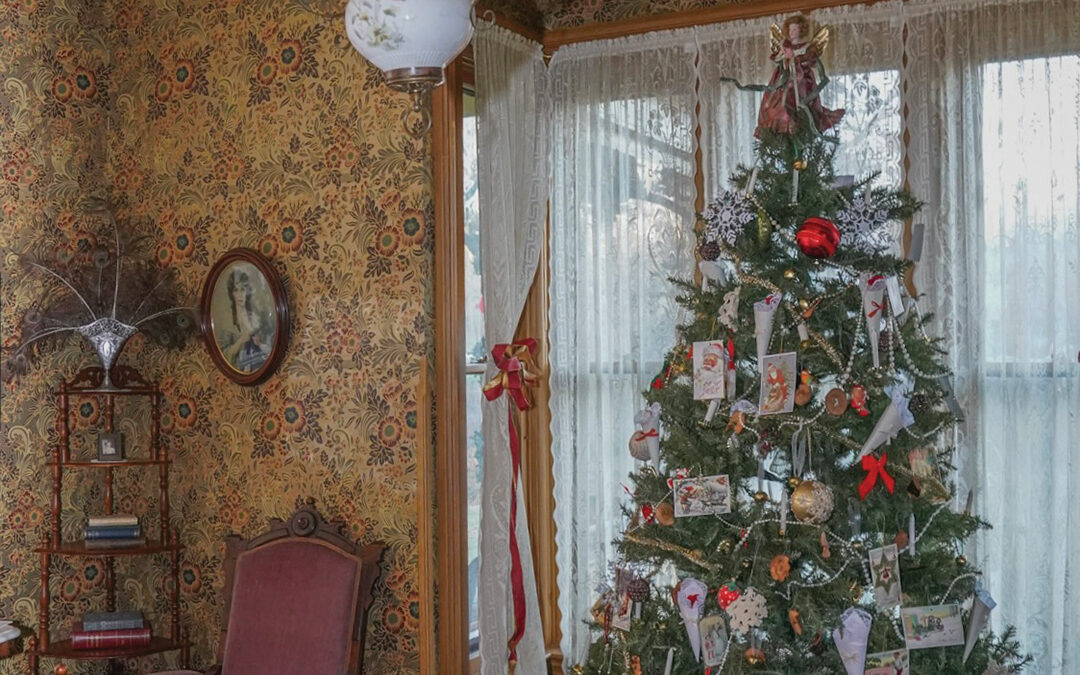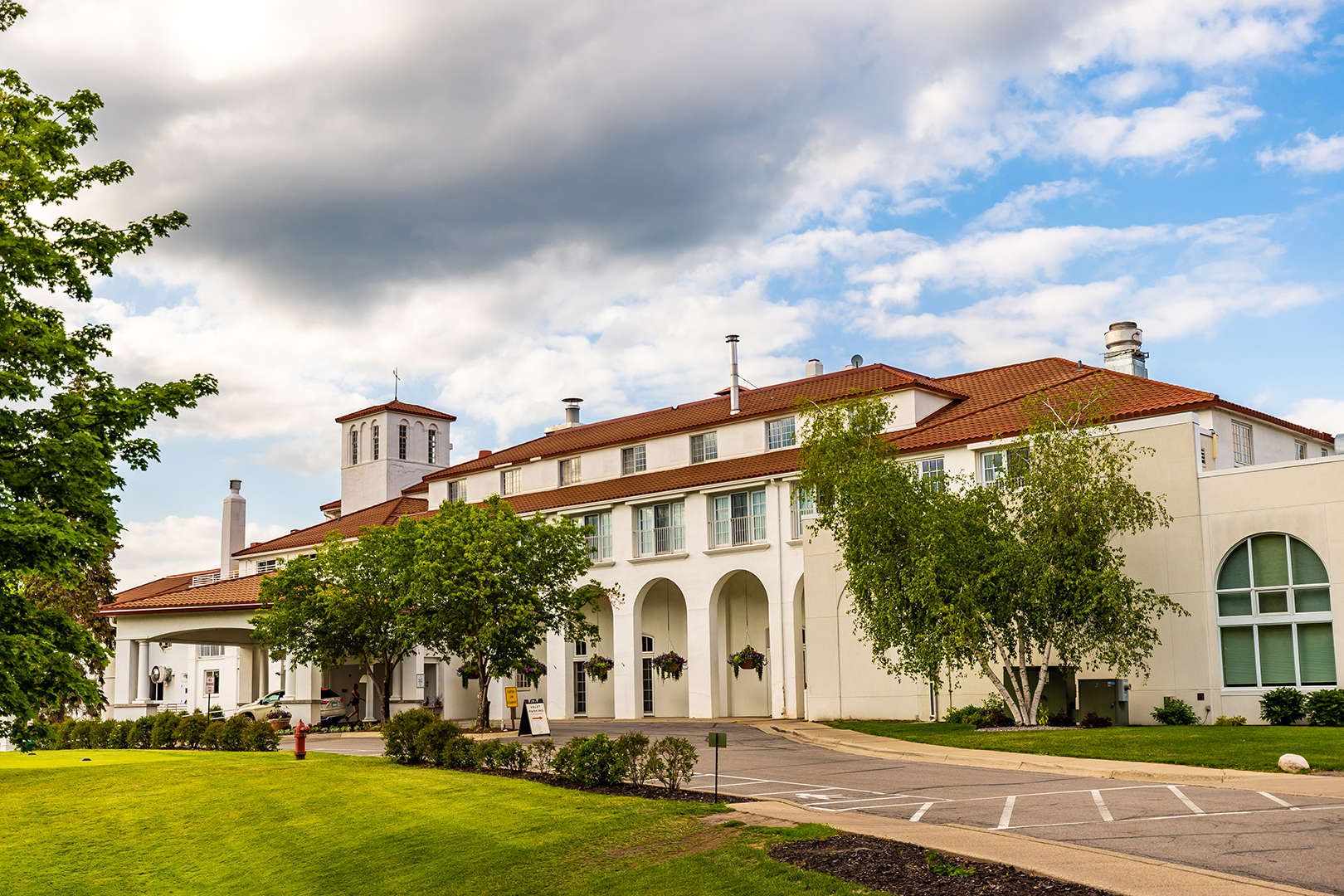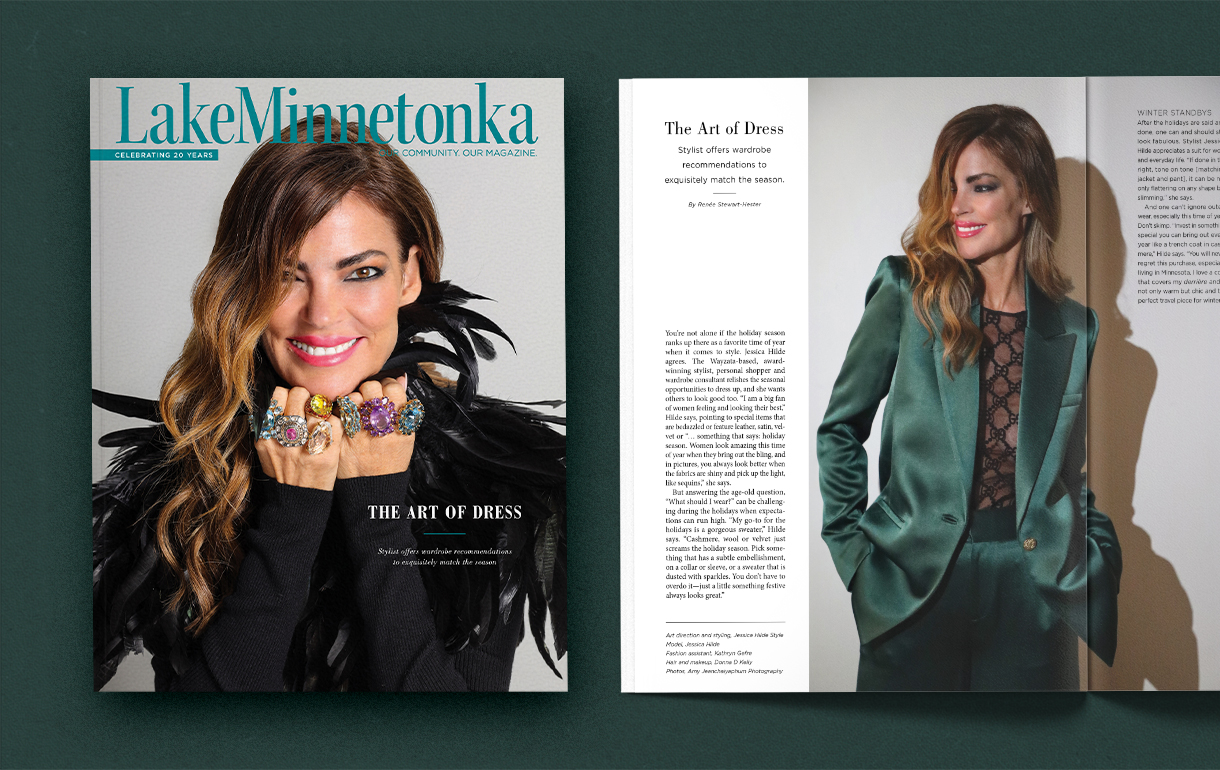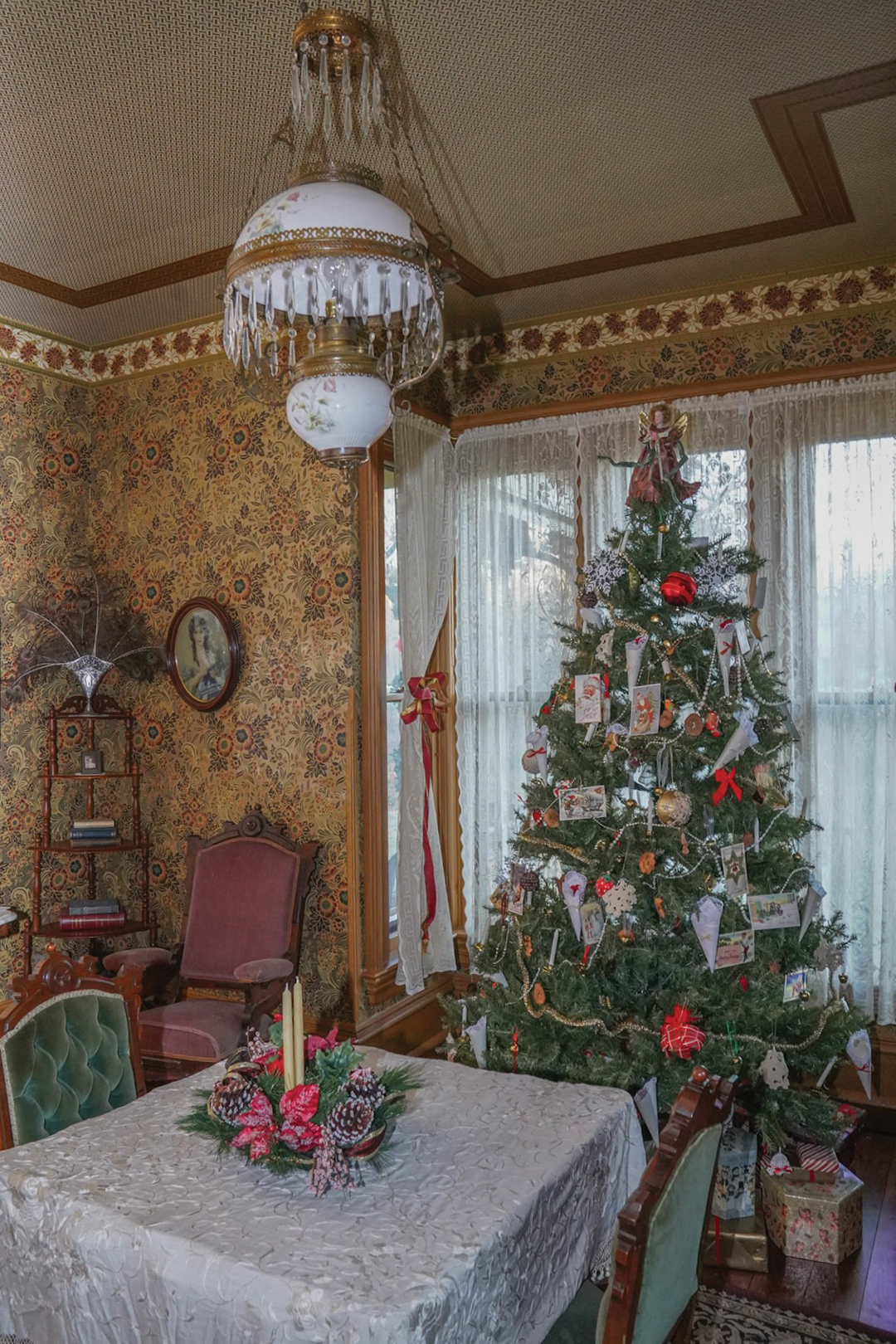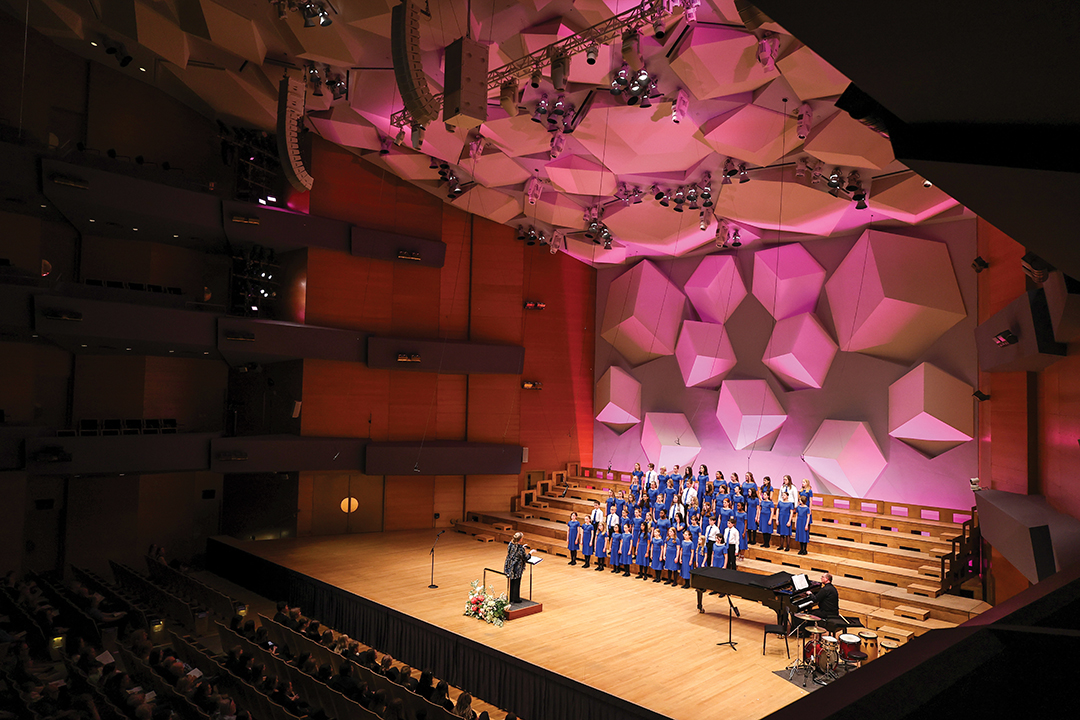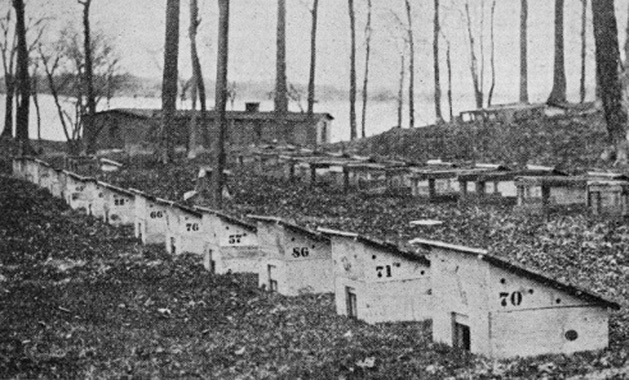
Excelsior-Lake Minnetonka Historical Society
The Big Island Game Farm brought Minnesota its most iconic game bird, the ring-necked pheasant.
In 1915, Frank Blair, a conservationist with the Minnesota Game Protective League, recommended the league start the first game bird farm in Minnesota on Big Island. With the success other states had with game farms, Blair felt it was time for one in Minnesota.
The Twin City Rapid Transit Company (TCRT) donated the use of its Big Island Park, as well as buildings and lumber for coops and rearing pens. Blair started with ring-necked pheasants, as he felt they could adapt to the weather and habitat. In 1916, native birds—quail and prairie chickens; and pairs of teal, mallard and pintail ducks were added.
The game farm was a success, as pheasants and quails multiplied. The State Game and Fish Commission took ownership of the farm, with the first releases in 1917. Although the island offered good vermin control, there was insufficient space, so the farm moved to a new 200-acre site near Mound in 1920.
By 1924, enough birds had been released for Minnesota’s first pheasant hunting season. Today, the ring-necked pheasant is one of Minnesota’s most iconic game birds. Thanks to Blair, most birds in Minnesota and the Dakotas can be traced back to the original Big Island Game Farm.
Deanna Bunkelman serves as the president of the Excelsior-Lake Minnetonka Historical Society.


